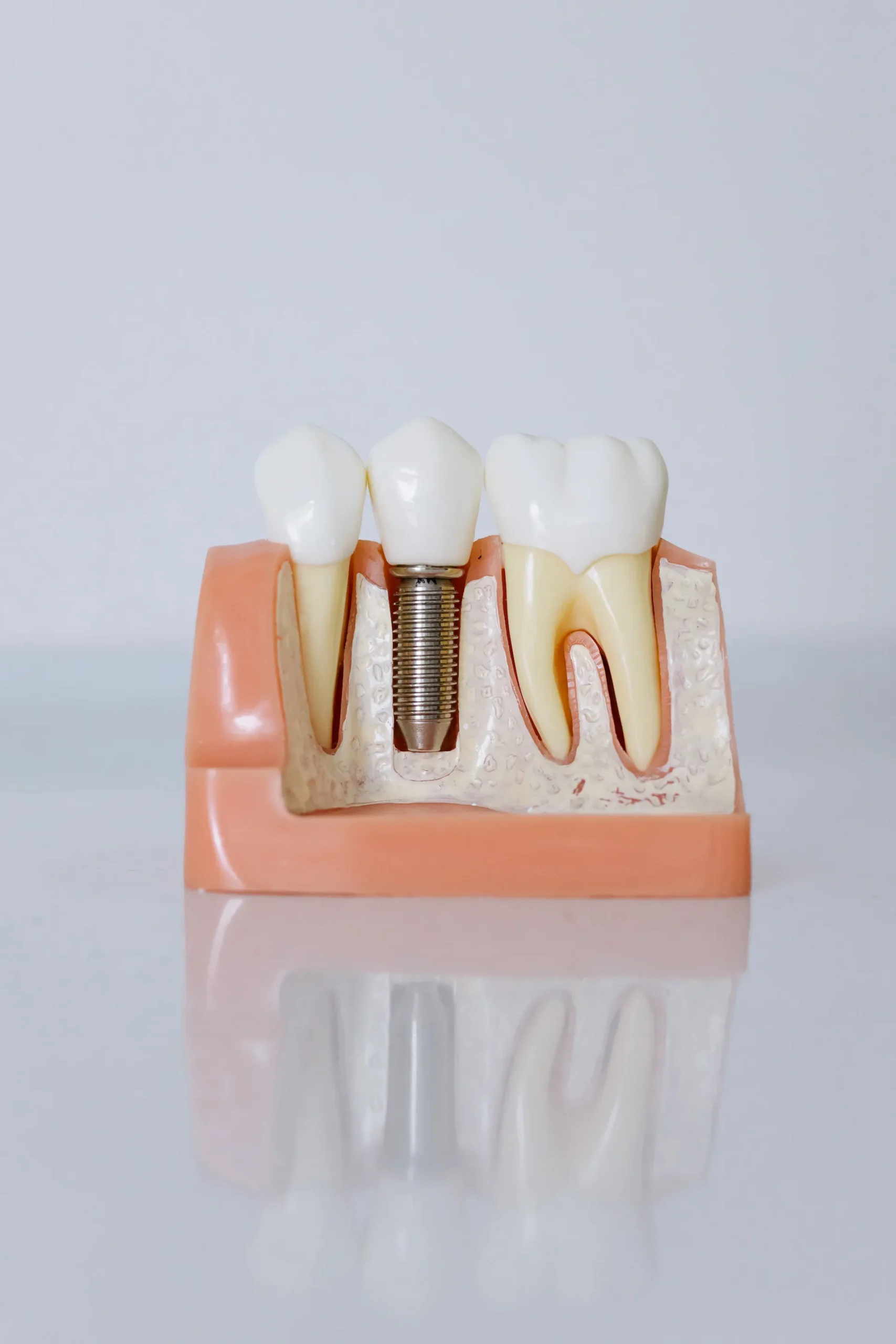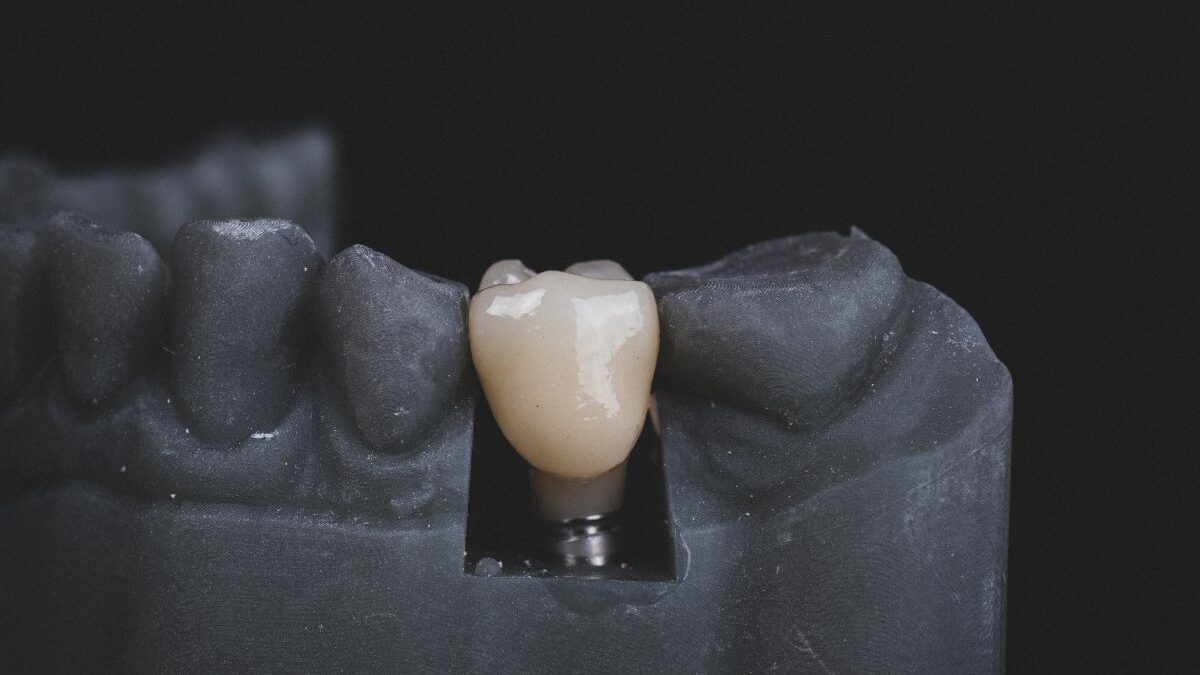Dentists recommend dental implants often as the first solution to permanent tooth loss. These are a top consideration because they act as a full replacement beginning from the root and going to the crown.
When working with the best implant dentist in Jacksonville FL, patients are left with results that look and feel like natural teeth with comparable functionality. The care and upkeep are along the same lines as usual oral hygiene, but these have no opportunity for decay.
In saying that, often, people are of the mindset that visiting the dentist or participating in adequate mouth health is less critical with artificial teeth.
In fact, it’s critical to continue routine visits with your provider to examine the dental implants, remove plaque and bacteria build-up with a professional cleaning and monitor gum tissue health plus bone density. Let’s review the best way to take care of dental implants for extended longevity.
Table of Contents
What Are The Steps For Adequate Care And Upkeep Of Your Dental Implants
One of the favored solutions for replacing permanent tooth loss is dental implants among periodontists, who consider these the “highest standard” for eligible patients.
The indication is these provide a “high success rate” for a long-term replacement solution at roughly “95 percent,” depending on how well they’re maintained. Go here for a guide on dental implants. Consider these suggestions for your dental implants’ optimum longevity and overall oral health.
● Brushing Your Teeth Is A Priority
Whether you have natural teeth or are fitted with artificial replacements, brushing your teeth is essential. Implants need similar care to natural teeth. The maintenance and dental visits continue even if teeth have been replaced.
That means you’ll brush at least twice daily with a soft bristle brush, using a low-abrasive paste that provides plaque and tartar control. The dentist can recommend a gentle product to maintain the integrity of the surface.
Flossing will usually be a crucial step before brushing, with the floss getting in between the abutments and each tooth. The abutments connect the implant to the prosthesis. A recommendation is to use a water flosser for which a periodontist can offer directives.
● A Mouth Rinse Is A Follow-Up That Needs To Be Incorporated Into Your Oral Hygiene Routine
Many people neglect using mouth rinses (and floss), but each practice helps prevent bacteria build-up. Even though teeth have been replaced, your mouth is still subject to bacteria that can result in gum disease and other problems.
With the most suitable antimicrobial rinses can also work to decrease the risk of infection after placement of the implants. These should be used following each brush with sufficient rinse time in the mouth instead of a quick in and out to see the benefits from the rinse.
● Avoid Bad Habits Like Smoking
Smoking overall negatively impacts general health but is also particularly hazardous to oral health. When implants are placed, smoking can impede the recovery process since the body’s natural ability to heal slows when exposed to harmful substances.
The dental provider encourages patients to stop smoking well before implants are placed and immediately after placement. It would be an ideal opportunity to find a healthy alternative for tobacco products during this hiatus from them for the well-being of your mouth and overall body.
● A Diet Plan With A Few Tweaks Should Be Initiated
The advantage with dental implants and your diet is you have the ability to indulge in virtually any food or beverage you prefer without making a ton of changes. But there are tweaks to initiate for optimum upkeep and longevity.
The recommendation is that hot beverages should be left to cool somewhat before sipping. Exceptionally hard foods, including options like raw fruits and vegetables, need to be avoided if possible. Anything sticky like chewing gum, taffies, or equally gooey options will be better left off the menu.
If you’re someone who enjoys chomping down on the ice in your drinks, it’s important to refrain from this behavior. As with hard foods, biting down on ice can damage the replacement.
● Pay Attention To The Periodontist Directives And Alert After Placement
The primary goal after placement is to avoid dental implant failure. When consulting with the periodontist, the provider will give you the signs and symptoms to be aware of if the replacement fails. The implant could be saved if you’re vigilant and catch the warning signs early.
With the first red flag, seek treatment immediately. These can include swelling or pain around the replacement area or if there’s the feeling that the implant has grown loose. Early intervention is a priority to stave off a failure and save the implant for future longevity.

● Visiting The Dental Provider Doesn’t Stop with Artificial Implants
The periodontist should be someone you reach out to following placement until you feel confident that the dental implants are secure. Following this care, you will revert back to seeing your primary dental practitioner as you would with natural teeth.
Care and upkeep with dental implants almost precisely mimic the maintenance you provide with natural teeth. You should continue to see your dental provider roughly every six months for exams to ensure the integrity of the implants, monitor for gum tissue health, check bone density, and attest to overall oral well-being.
The mouth is prone to bacteria, plaque, and tartar, leading to disease and other issues. It’s vital to have a practitioner paying close attention to mouth health regardless of whether your teeth are natural or artificial.
Final Thought
When natural teeth are lost due to accident or injury or perhaps extraction has occurred following decay or deterioration, a replacement solution must be found with the highest degree of success and longevity.
Dental implants offer among the highest standards with an almost permanence depending on the level of care and upkeep received. That care and maintenance will follow a similar routine as natural teeth, including dental provider visits to give you the extended implant lifespan you hope for.

